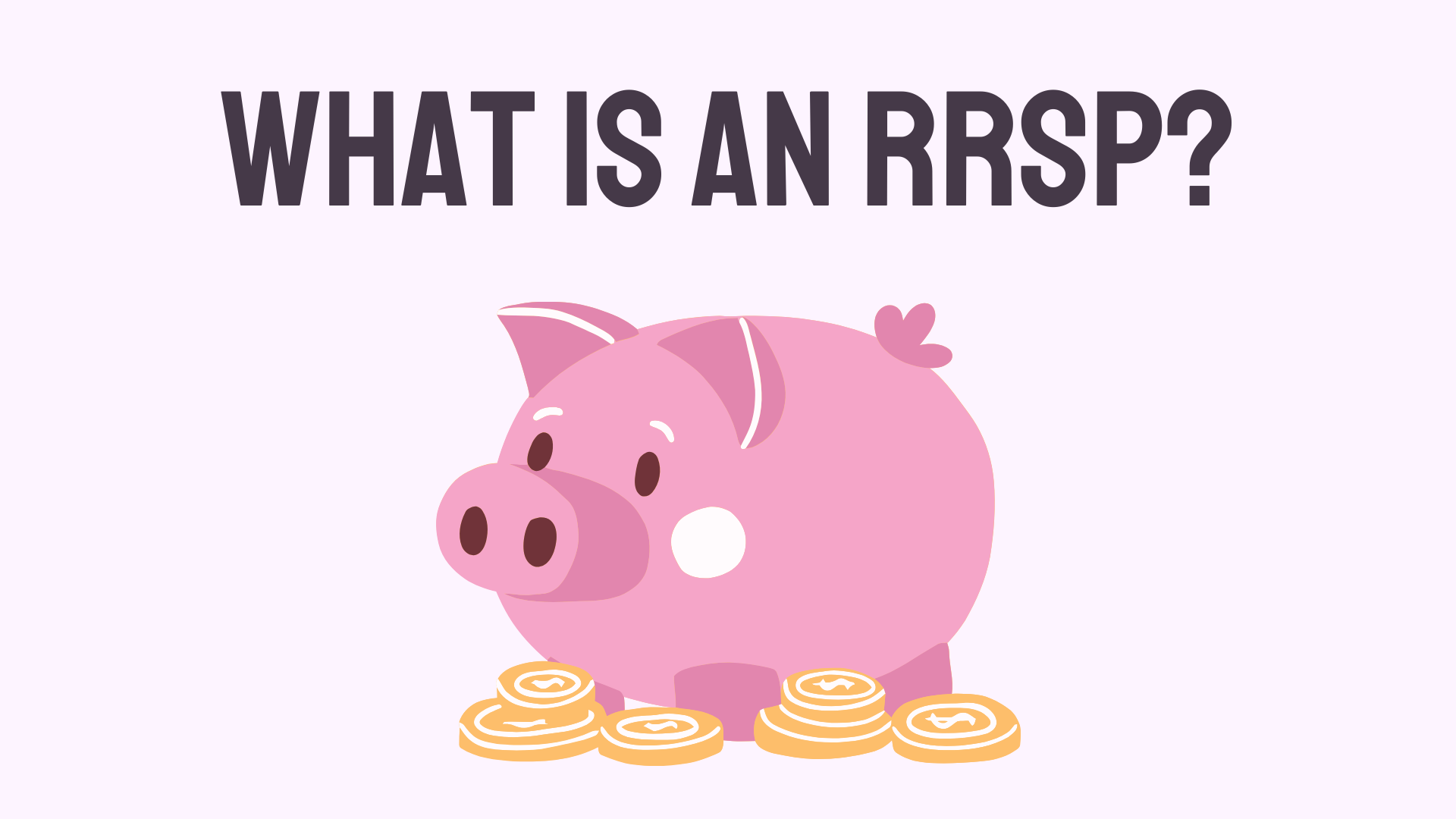What is an RRSP?
Planning for retirement when you are still decades away from sipping Pina Colada’s on the beach can be intimidating, but Registered Retirement Savings Plan make planning for the future easy!

Planning for retirement can be intimidating, especially if you are still trying to figure out your life. We’ve all been there...honestly, a lot of us still are. If you want to plan for your eventual retirement without the existential crisis, then it might be time to open a Registered Retirement Savings Plan (RRSP)!
As the name suggests, an RRSP is a savings account for your retirement savings. When you put money into an RRSP, there is no tax on its growth, but you will have to pay taxes when you withdraw it for retirement. Thankfully, there are ways to reduce how much you get taxed when you’re ready to kick your feet up at a tropical beach. Now for the question of everyone’s mind. When should you open an RRSP?
When to start an RRSP in Canada
As with most savings accounts, the best time to start depends on your situation. Generally, the sooner you open an RRSP the better. However, you might not currently be able to put aside money. If that’s the case, opening a savings account, let alone an RRSP, probably isn’t the best idea.
If you are in a position where you can put money aside, there is no minimum age for opening an RRSP. However, you must receive employment or business income to earn contribution room and must be over 18 years old to contribute more than $2,000. If the term contribution room is unfamiliar to you, learning about RRSP contribution and deductions limits will help you open an RRSP with confidence.
What are the benefits of an RRSP?
Any contributions you make to your RRSP can be used to reduce the amount of income tax you pay. For example, if your income before taxes, referred to as gross income, is $50,000, and you contribute $5,000 to your RRSP, your taxable income will now be $45,000, lowering the amount of income tax you owe for that year. If this reduction drops your income to a lower tax bracket, you can pay even less tax overall!
However, it is important to understand that the taxes on this money do not disappear. They get pushed down the road until you withdraw any money from your RRSP, instead. Ideally, the money in your RRSP should be withdrawn during retirement. When you retire, your income is lower and you are in a lower tax bracket, meaning you should pay less tax overall. Taxes are enough to make anyone’s head spin, but our tax explainer can help change that!
You can withdraw from your RRSP at any time for any reason without penalty. However, if you withdraw any funds before your RRSP matures at age 71, these funds are considered taxable income in the year you withdraw, meaning you will need to report them come tax season. Additionally, when you pull funds from your RRSP, your financial institution will put aside a percentage for taxes, referred to as withholding tax. The rate depends on how much you withdraw.
Withholding tax by amount:
- 10% for withdrawals up to $5,000
- 20% for withdrawals between $5,000 and $15,000
- 30% for withdrawals over $15,000
RRSP versus TFSA
RRSPs and TFSAs serve two very different purposes. A TFSA lets you grow your money tax-free. With an RRSP, your money is taxed when your account matures or whenever you make withdrawals. Not to mention any money you withdraw is considered taxable income.
For example, if you withdrew $20,000 from your RRSP in 2023 and made $90,000 that year, your total taxable income for 2023 would skyrocket to $110,000. This increase could put you in a higher tax bracket, slamming you with more to pay in taxes. Long story short, stay within your contribution limit and avoid making withdrawals whenever possible. Follow these steps and you’ll be laughing come retirement.
TL;DR
Knowing the ins and outs of an RRSP can help you maximize your retirement savings without breaking a sweat. The hardest part about saving is putting money aside and not touching it. If you struggle with self control or are just starting your savings journey, a TFSA is a great place to start. Once you are comfortable using a TFSA, opening an RRSP is the perfect next step.
